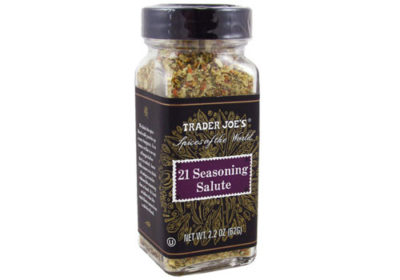 Did you know that heart disease is the leading cause of death for both men and women in the United States? That’s why February has been deemed Heart Health Month, providing an opportunity for us to spread awareness about strategies to prevent and manage heart disease. Making heart-healthy choices and booking regular check-ups with your physician can help save you from this silent killer.
Did you know that heart disease is the leading cause of death for both men and women in the United States? That’s why February has been deemed Heart Health Month, providing an opportunity for us to spread awareness about strategies to prevent and manage heart disease. Making heart-healthy choices and booking regular check-ups with your physician can help save you from this silent killer.
Congestive heart failure (CHF) is a condition in which the heart’s function as a pump is inadequate to meet the body’s needs. Diagnosis of CHF is made on a careful examination from your doctor. Diet and lifestyle modifications are a very important part of the CHF treatment plan. These healthy eating strategies are even useful for those looking to avoid heart disease and improve their overall cardiac health.
Limit Sodium To 1,500-2,000 Milligrams Daily
 Cutting down on sodium is one of the most important parts of heart failure nutrition therapy. Sodium is found in large amounts in processed and prepared foods. If you are eating three meals per day, limit your sodium intake to 500 milligrams per meal and try to snack on low-sodium items throughout the day. Aim for no more than 1,500-2,000 milligrams of sodium per day.
Cutting down on sodium is one of the most important parts of heart failure nutrition therapy. Sodium is found in large amounts in processed and prepared foods. If you are eating three meals per day, limit your sodium intake to 500 milligrams per meal and try to snack on low-sodium items throughout the day. Aim for no more than 1,500-2,000 milligrams of sodium per day.
Experiment With Salt-Free Seasonings

Get that salt-shaker off of the dinner table and opt for some salt-free/low-sodium seasoning options. Mrs. Dash or Trader Joe’s 21 Seasoning Salute are popular salt-free alternatives. Get creative with fresh spices and herbs for a flavorful boost to your meal. If you are buying a seasoning with salt, make sure that salt is one of the last ingredients on the list because ingredients are listed in order of quantity.
Be Careful When Dining Out
 Although eating at restaurants can be a convenient solution, it’s difficult to control what ingredients are going into your food. Communicate to your server that you are on a low-sodium diet and ask for some heart-healthy suggestions. Try ordering items that are grilled, baked or broiled. Avoid heavy sauces, creamy dressings, and soups that are typically very high in sodium.
Although eating at restaurants can be a convenient solution, it’s difficult to control what ingredients are going into your food. Communicate to your server that you are on a low-sodium diet and ask for some heart-healthy suggestions. Try ordering items that are grilled, baked or broiled. Avoid heavy sauces, creamy dressings, and soups that are typically very high in sodium.
Cut Out Added Fats
 A diet that is high in saturated fat and cholesterol can lead to more cardiac problems. Try to minimize excess fats such as fatty cuts of meat and fried greasy foods. Always trim the visible fat off the meat and remove the skin on chicken before consuming. Decrease your consumption of red meat and choose a fatty-fish such as salmon instead. Focus on fresh fruits, vegetables and whole grains for added fiber and health benefits.
A diet that is high in saturated fat and cholesterol can lead to more cardiac problems. Try to minimize excess fats such as fatty cuts of meat and fried greasy foods. Always trim the visible fat off the meat and remove the skin on chicken before consuming. Decrease your consumption of red meat and choose a fatty-fish such as salmon instead. Focus on fresh fruits, vegetables and whole grains for added fiber and health benefits.
Changing food habits takes time and patience. If you stick to a low-sodium diet, your taste buds will start to adjust in about three weeks. Consult your physician before making any of the changes listed above.
Stefani Pappas, MS, RDN, CDN, CPT, is a Clinical Dietitian Nutritionist at St. Francis Hospital. She also provides private and group nutrition counseling at her office in Great Neck, NY. Visit www.StefHealthTips.com for more information.


















